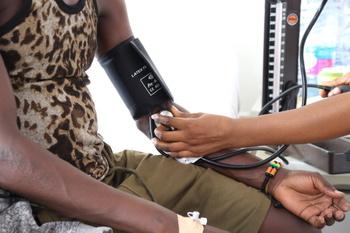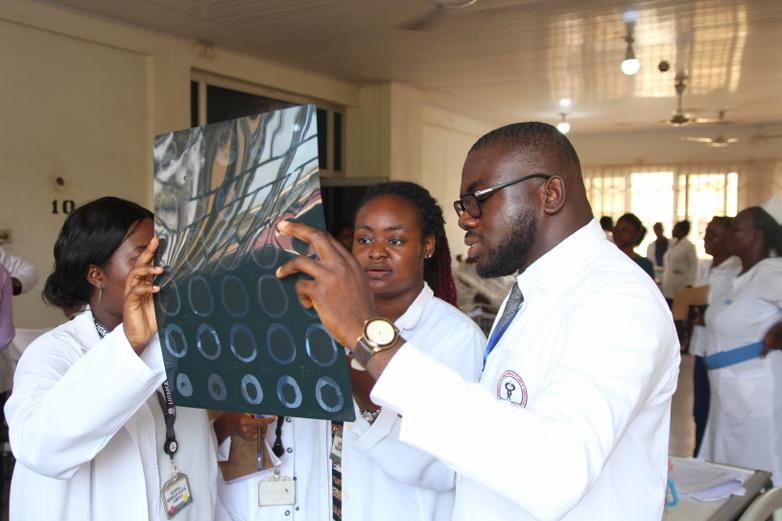Context
Cardiovascular diseases (CVDs) are a rapidly increasing health challenge in Ghana and have become a leading cause of morbidity and mortality. Stroke, for example, is one of the most common causes of death in the country’s adult population. Early diagnosis, adequate treatment and close monitoring can reduce the fatal consequences of cardiovascular disease. However, the public health care system of Ghana faces a critical shortage of resources and capacities, seriously hindering an effective response to this mounting CVD burden. There is a lack of national guidelines, medical equipment and specially qualified health professionals for the risk assessment and management of cardiovascular diseases.
Objective
The prevention, diagnosis and management of cardiovascular diseases is improving in Ghana’s public healthcare system.


